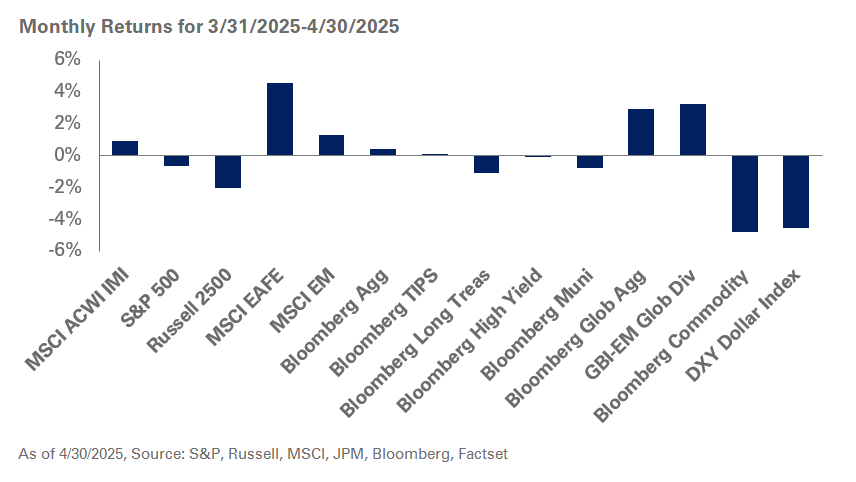The U.S. Department of Labor (DOL) softened its stance from an earlier proposal on ERISA plans incorporating investments using environmental, social and governance (ESG) factors. In a final ruling published days before the U.S. presidential election, the DOL emphasized the importance of using only pecuniary factors—financial considerations that have a material effect on risk and/or return—in analyzing investments, but the final ruling fell short of singling out ESG investments. In fact, the term “ESG” is noticeably absent from the language; this deliberate omission likely stems from the DOL’s previous belief that ESG factors can be financially material and, therefore, considered pecuniary. The so-called “tie-breaker” provision remains—allowing for consideration of non-pecuniary factors should investment alternatives carry similar pecuniary factors—but the rule requires specific documentation from plans under this scenario.
Still, the final rule—even watered-down—will likely dampen the growing momentum in ESG investing in the U.S., placing it at a disadvantage to its peers abroad. At NEPC, we believe ESG factors influence a company’s success and its investment value and, therefore, have a material impact on risk-return. As a result, investors, now daunted by the prospect of integrating ESG considerations into their investment process, may be forgoing the potential for better outcomes. That said, we ask the retirement community to be patient as the shift from a Trump to Biden administration could change the course of the Labor Department. The ESG community will be watching closely to see if this final rule is overturned or revised. As it stands now, the rule will go into effect 60 days after publication in the Federal Register; however, plans, if needed, can make changes to Qualified Default Investment Alternatives, or QDIAs, until April 30, 2022.
The final rule comes on the heels of a resounding outcry against the DOL’s proposal that was published on June 23. In a 30-day comment period that ended in July, critics, including NEPC, institutional investors and investment managers, said the DOL’s stance on ESG investing—ranging from requiring additional paperwork and processes to stricter parameters for the selection process—would discourage fiduciaries from adopting and implementing ESG investments in ERISA plans. These admonishments come at a time when plan participants are increasingly demanding investment choices that provide returns alongside ESG integration. In 2020, inflows into domestic sustainable funds, which include ESG investments, totaled $20.9 billion through the first half of the year, and will likely exceed 2019’s record inflows of $21.4 billion, according to data from Morningstar; still, the United States lags Europe, where investors poured a record $135 billion into sustainable investments last year. Further, regulators in Europe have taken an entirely different approach: Rather than attempting to limit the advancement of ESG investing, the European Union is poised to require investment managers and pension plans to set standards for disclosure of ESG risks and requirements for such disclosures.
We believe by incorporating ESG factors that traditional financial analyses may overlook, prospective investors can get a clearer picture of the true risks and and opportunities of an investment. ESG analysis can help identify and avoid short-term risks and, as a result, enhance long-term performance. For instance, a deep dive into ESG factors could have foreshadowed the troubles at credit bureau Equifax when its data on over 145 million Americans was breached in 2017. A better understanding of how companies and investment products incorporate ESG factors can help you make investment decisions that are not only profitable, but also sustainable.
NEPC has consistently counseled our clients that the adoption of ESG integration is in alignment with fiduciary duty. Additionally, as a PRI Signatory, ESG integration is part of our own investment process as we evaluate investment managers. We encourage you to reach out to NEPC to learn more about our proprietary matrix that assesses your investment manager’s commitment and process around ESG integration.



